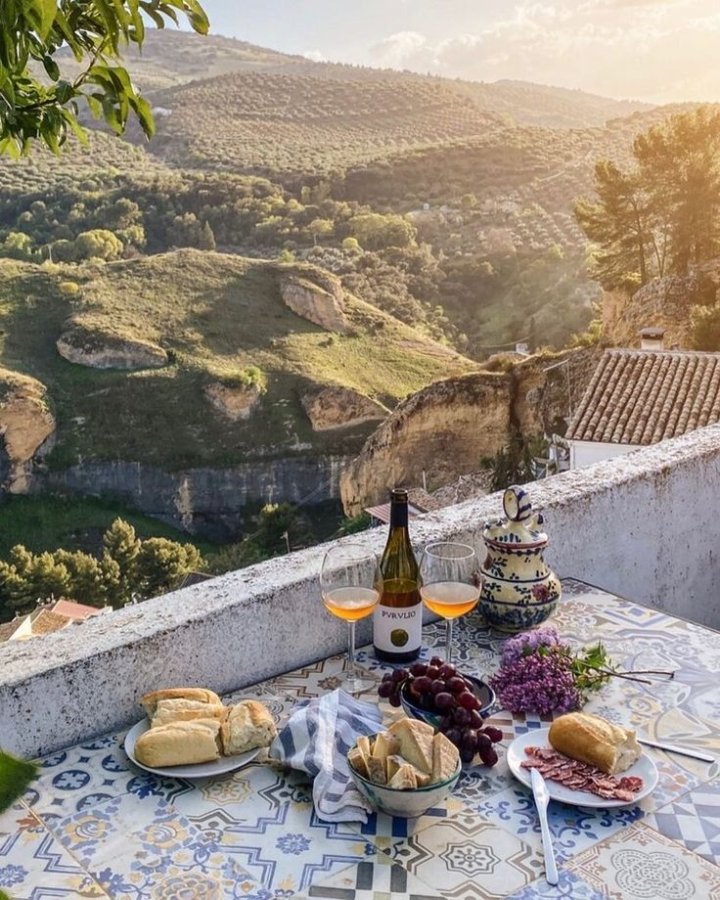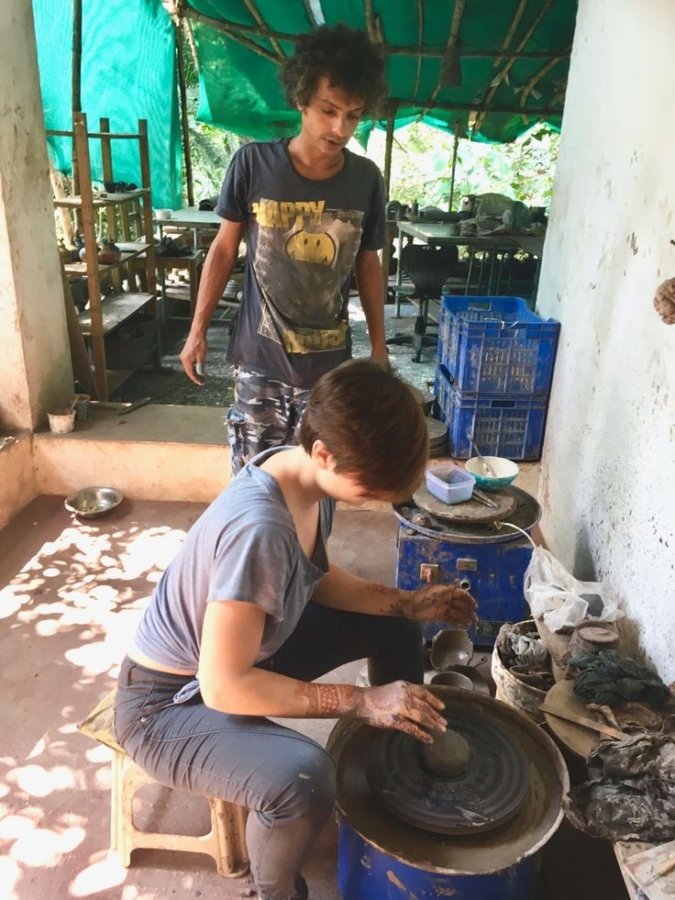In a world that seems to move at the speed of light, where time is a commodity and efficiency is prized above all else, there exists a counter-movement—a gentle rebellion against the hustle and bustle of modern life. This movement is known as slow travel, a mindful approach to exploration that emphasises quality over quantity, immersion over superficiality, and connection over detachment. It’s not just about reaching a destination; it’s about savouring the journey itself, embracing the nuances of each moment along the way. Foyer embarks on a journey through the art of slow travel, exploring its principles, benefits, and the profound impact it has on the traveller’s experience.

Understanding Slow Travel:
At its core, slow travel is about more than just leisurely sightseeing; it’s a philosophy that encourages travellers to engage deeply with their surroundings, immerse themselves in local cultures, and forge meaningful connections with the people they encounter. Unlike traditional tourism, which often involves rushing from one landmark to the next, slow travel invites travellers to adopt a leisurely pace, allowing ample time for spontaneous discoveries and authentic experiences. It’s about slowing down to appreciate the journey’s beauty and savour the little moments that often go unnoticed in the rush of everyday life.

The Philosophy Behind Slow Travel:
Slow travel is rooted in the principles of the Slow Movement, which originated with the slow food concept in Italy. Just as slow food emphasises the importance of savouring meals and supporting local food systems, slow travel encourages travellers to embrace a mindful approach to their journeys, valuing sustainability, authenticity, and the preservation of local cultures and environments. By taking the time to connect with the places they visit, travellers can minimise their environmental footprint, support local economies, and contribute to the preservation of cultural heritage.

Benefits of Slow Travel:
The benefits of slow travel are manifold, touching every aspect of the traveller’s experience. First and foremost, slow travel allows for a deeper understanding and appreciation of the destinations visited. By immersing themselves in local life, culture, and traditions, travellers gain insights that go beyond surface-level observations, fostering a sense of empathy and cultural competence. Moreover, slow travel promotes relaxation and rejuvenation, offering a respite from the stresses of modern life. By eschewing packed itineraries and hectic schedules, travellers have the opportunity to unwind, recharge, and reconnect with themselves and their surroundings.

Meaningful Connections and Cultural Immersion:
Additionally, slow travel fosters meaningful connections with both locals and fellow travellers. By spending extended periods in one place, travellers have the chance to forge authentic relationships, whether it’s striking up a conversation with a shopkeeper, joining a community event, or participating in a cultural exchange. These connections not only enrich the travel experience but also leave a lasting impact, fostering a sense of belonging and interconnectedness. Slow travel also allows for deeper cultural immersion, as travellers have the opportunity to participate in local traditions, sample regional cuisines, and explore off-the-beaten-path attractions that are often missed by traditional tourists.

Practical Tips for Slow Travel:
Embracing slow travel requires a shift in mindset and approach, but it’s a transition that can be immensely rewarding. Here are some practical tips for incorporating slow travel into your journeys:
Choose Your Destinations Wisely: Opt for destinations that resonate with your interests and values, where you can fully immerse yourself in the local culture and way of life.
Travel Light: Pack only the essentials and leave room for spontaneity. Embrace the freedom of travelling with a lighter load, allowing you to move more freely and adapt to changing circumstances.
Stay Longer: Instead of hopping from one destination to the next, consider staying in each place longer to truly get to know it. Renting a vacation home, staying with locals through homestays or platforms like Airbnb, or even house-sitting can provide a more immersive experience.
Slow Down: Resist the urge to rush from one attraction to another. Take the time to explore at a leisurely pace, allowing yourself to wander aimlessly, follow your curiosity, and discover hidden gems off the beaten path.
Engage with Locals: Strike up conversations with locals, attend cultural events, and participate in community activities. By engaging with the people who call the destination home, you’ll gain invaluable insights and create meaningful connections.
Practice Mindfulness: Be present at the moment and savour the experiences as they unfold. Whether it’s enjoying a sunset, sipping a cup of coffee, or admiring local artwork, take the time to fully appreciate the beauty around you.

In a world where time is a precious commodity and speed is often equated with success, the art of slow travel offers a refreshing alternative—a gentle reminder to pause, breathe, and embrace the journey. By slowing down, travellers can cultivate a deeper connection with the world around them, foster meaningful relationships, and create lasting memories that transcend the confines of a guidebook or itinerary. So, the next time you embark on a journey, consider embracing the art of slow travel and let the beauty of the world unfold at its own pace.


